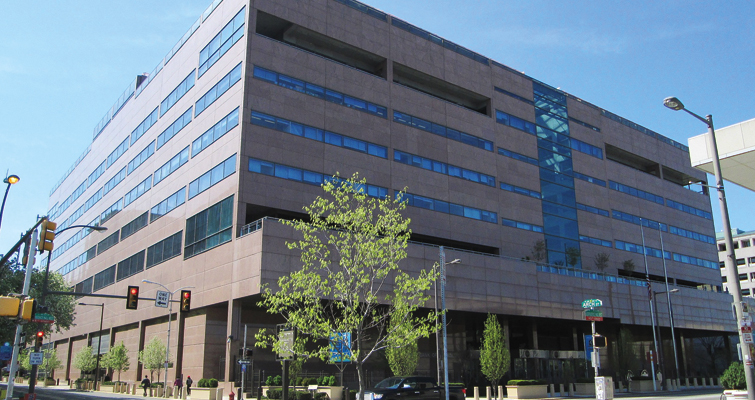The Future of Cash was the title of a discussion document by Solomon Tarlin of Federal Reserve Bank of Philadelphia’s Supervision, Regulation and Credit Department. It was published by the bank in September as part of its Consumer Finance Institute Discussion Paper Series.
It is hard to predict the future of cash as an exchange medium. The important question is how fast and how far digital currencies will be adopted. Notable is also the fact that although cash is less used in commerce, the percentage of currency in circulation has remained steady to higher than before. This could be because people are not spending money on it, but they are hoarding it.
Philadelphia’s March 2019 ordinance that required cash acceptance by all businesses was the impetus of this report. Similar regulations were also enacted elsewhere.
The paper then examined some of the factors that led to the change in the landscape. Cash payments in the United States decreased from 31% to 26 percent between 2016 and 2019, despite the fact cash is easier to count and use and it being cheaper to accept than credit cards. Despite this, cards are becoming more popular due to rewards programs, low interest rates and consumer convenience.
Cash payments are now concentrated on smaller purchases. The median purchase of a debit card is $25, and the median purchase of a credit card is $28, but the median cash transaction is just $10. Even though cash is used in 26% of transactions, it is only 6%. Cash is also used more by younger consumers than middle-aged.
Online shopping has also increased from 7% to 25% of all spending in 2007 and up to 25% in 2017. Federal Reserve System Payments Study 2019 revealed that e-commerce using credit cards grew at 20.5% annually between 2015 and 2018. Only 5.8% of the growth in card payments made in person was recorded.
The average person has $60 worth of cash, but only one-fifth keeps more. The average cash-holdings of those who have $1,100 are higher than the rest. This is why the total cash in circulation has increased by more than 50 percent between 2007-2018. Tarlin states that as long as there’s interest in saving money, cash will still play an important role in the economy.














